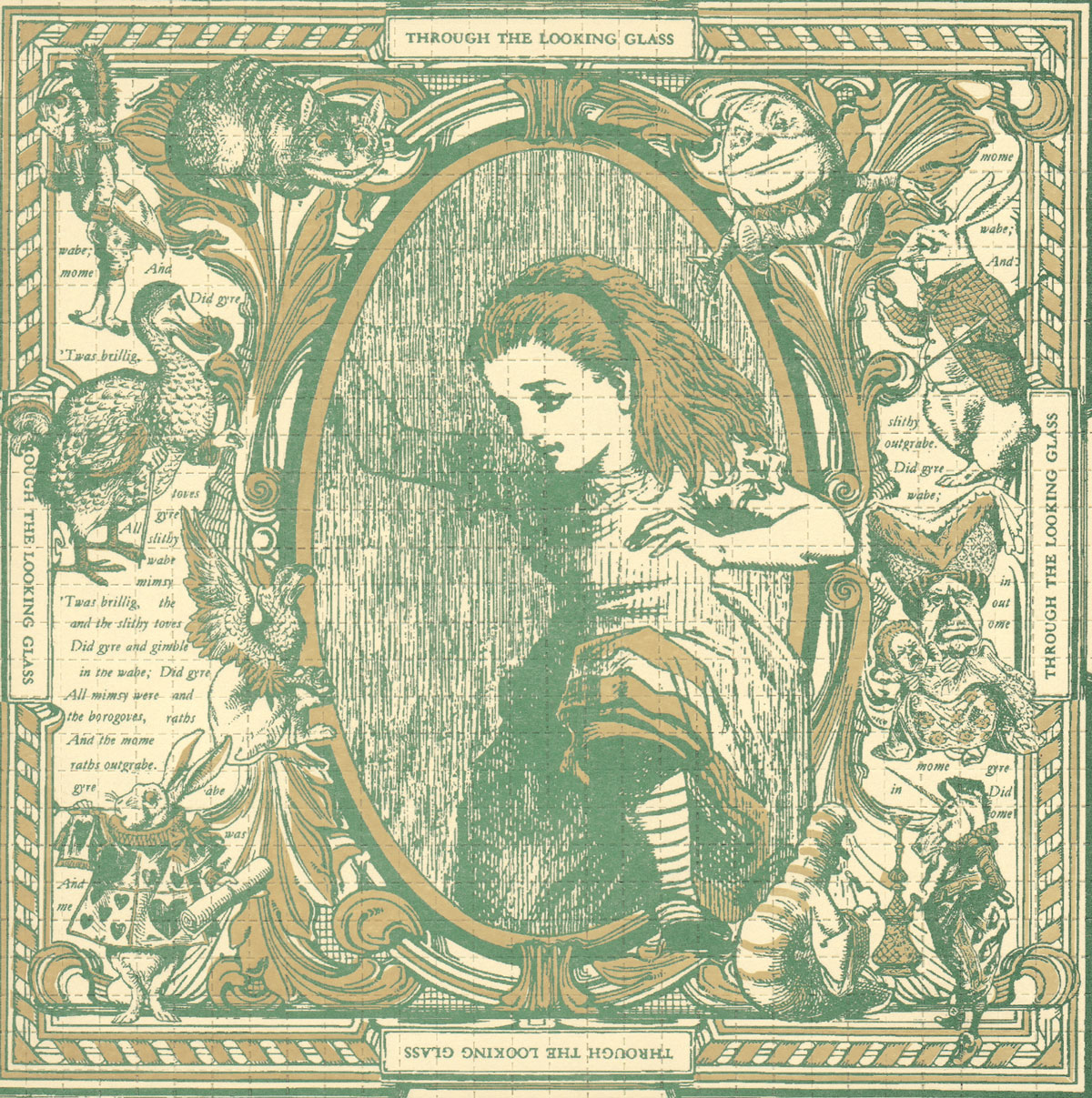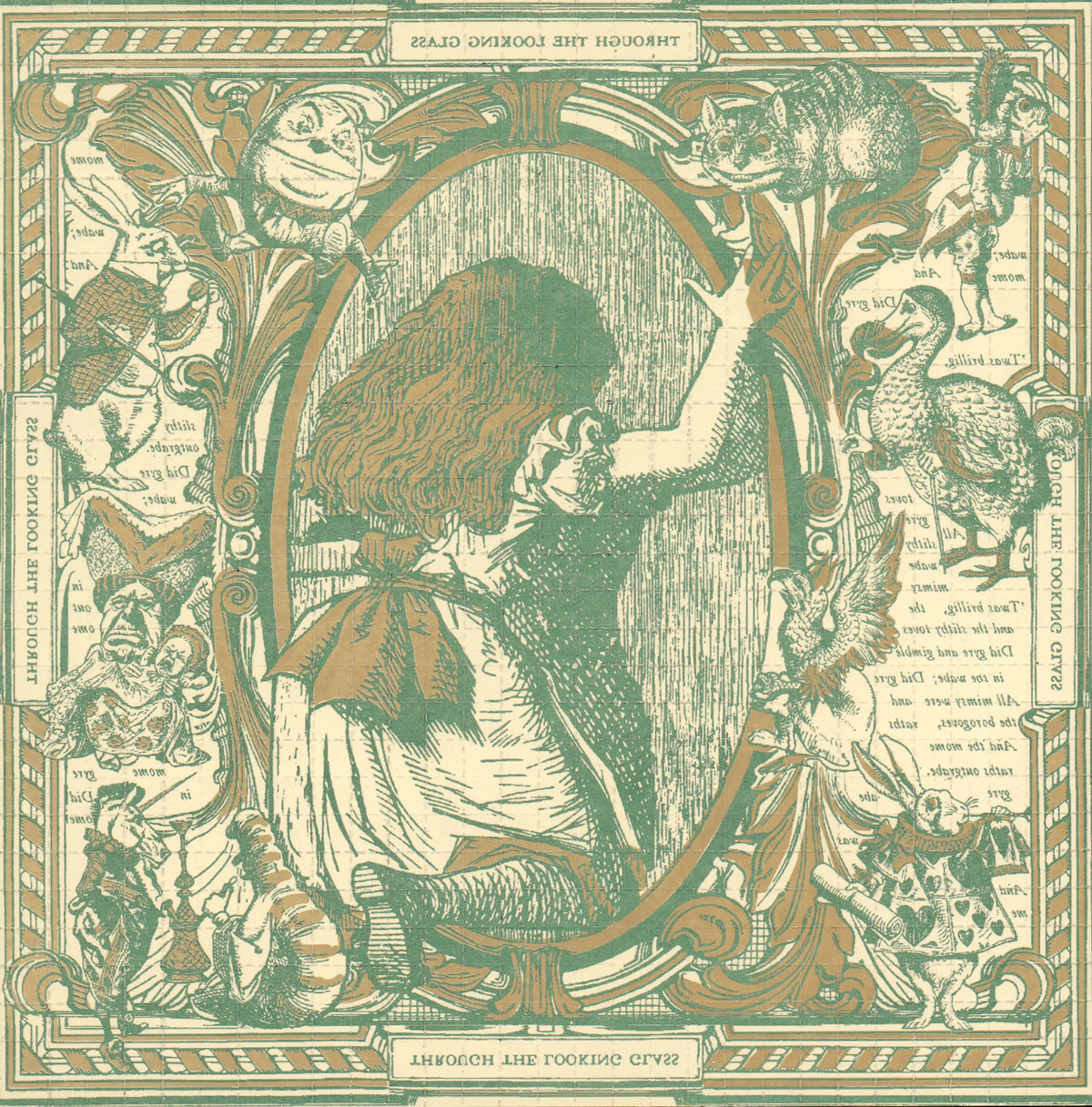Greatest Hits
The art of blotter acid
First synthesized by the Swiss chemist Albert Hofmann in 1938, the hallucinogen LSD emerged as a recreational drug in American cities in the early 1960s. Widely available until criminalized by the US government in the autumn of 1966, the drug—which typically left the laboratory in liquid form—was distributed in any number of ways, from large pills (nicknamed “barrels” for their shape) to “acid”-infused sugar cubes.
The development of mandatory minimum sentencing laws, in which penalties were linked to the weight of the confiscated substance, changed the way LSD was disseminated. An average active dose is in the range of .05 to .1 mg—since the laws considered the legal substance in which the drug was infused part of the total weight of the illegal substance, a single sugar cube might increase the overall weight by a factor of 100,000. New lightweight “carriers” that added less extraneous volume to the small doses of the drug they held were developed, ranging from colored gelatin chips to sheets of perforated paper known as blotter. First seen on the streets of San Francisco in the early 1970s, blotter acid soon began to be decorated with printed designs and images—ranging from smiley faces to Hindu Gods to cartoon characters—identifying it by dealer or potency, while at the same time vastly reducing the legal liability of those who possessed it.
The below example of blotter art—with its two-side printing depicting the beginning of Alice’s “trip” through the looking glass and representing 900 doses—was created by Mark McCloud, who, with the possible exception of the FBI, owns the world’s largest collection of (now LSD-free) blotter.


Spotted an error? Email us at corrections at cabinetmagazine dot org.
If you’ve enjoyed the free articles that we offer on our site, please consider subscribing to our nonprofit magazine. You get twelve online issues and unlimited access to all our archives.